Products for Miscellaneous
-
BCN5374
Citric acid
Citric acid is a weak organic tricarboxylic acid found in citrus fruits. Citric acid is a natural preservative and food tartness enhancer.(CAS NO.:77-92-9)
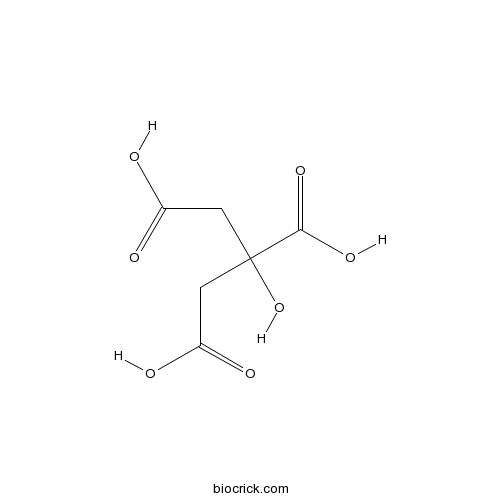
-
BCN1029
D-(-)-Quinic acid
D-(-)-Quinic acid is a cyclohexanecarboxylic acid and is implicated in the perceived acidity of coffee.(CAS NO.:77-95-2)
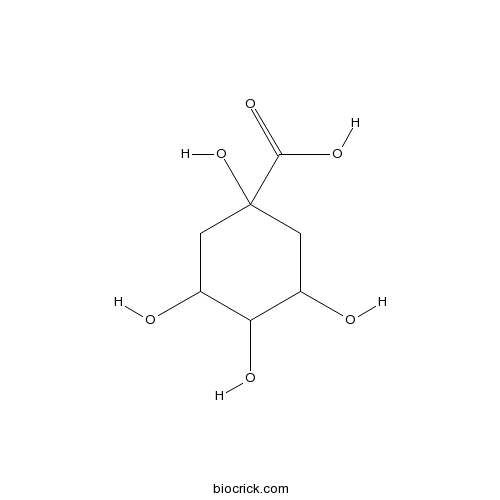
-
BCN1211
4-Hydroxyisoleucine
4-Hydroxyisoleucine (4-Hydroxy-L-isoleucine) is an amino acid which can be extracted and purified from fenugreek seeds. 4-Hydroxyisoleucine (4-Hydroxy-L-isoleucine) displays an insulinotropic activity of great interest.(CAS NO.:781658-23-9)
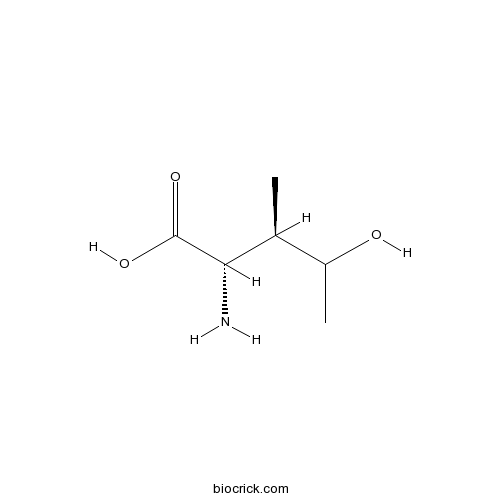
-
BCN8157
Methacrylamide
Botanical source: The Scarites subterraneus(CAS NO.:79-39-0)
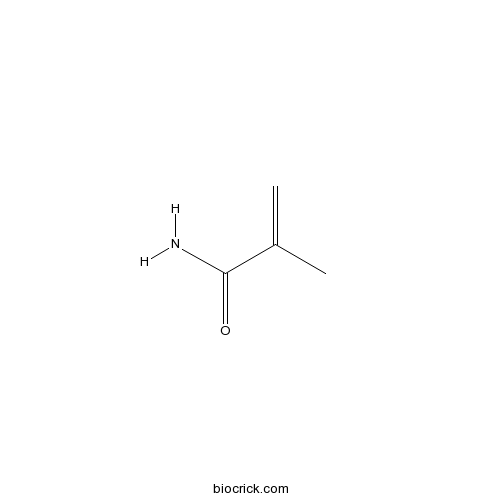
-
BCN3654
Eurycomalin A
Botanical source: The herbs of Eurycoma longifolia(CAS NO.:790234-20-7)
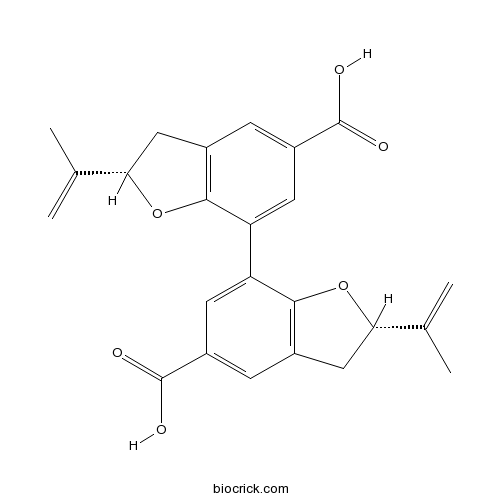
-
BCN2976
Tiglicacid
Botanical source: The roots of Angelica sinensis(CAS NO.:80-59-1)
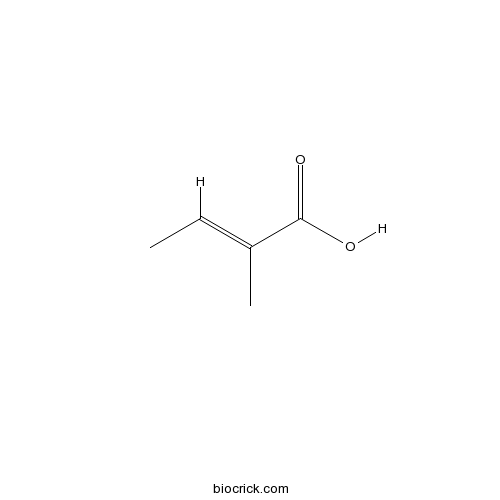
-
BCN3888
Soybean phospholipid
Lecithin is regarded as a safe, conventional phospholipid source. Phospholipids are reported to alter the fatty acid composition and microstructure of the membranes in animal cells.(CAS NO.:8002-43-5)
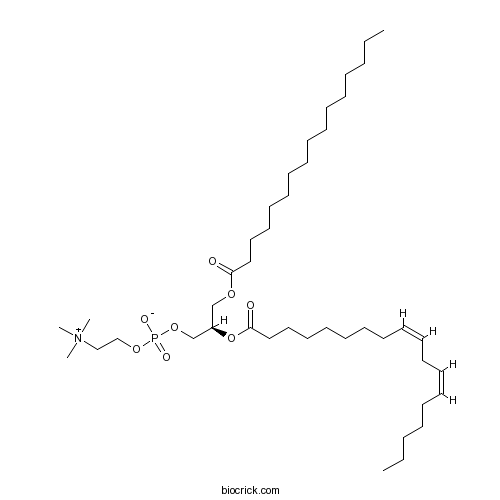
-
BCN2219
Sorbic acid, 1-p-tolylhydrazide
Botanical source: (CAS NO.:802048-02-8)
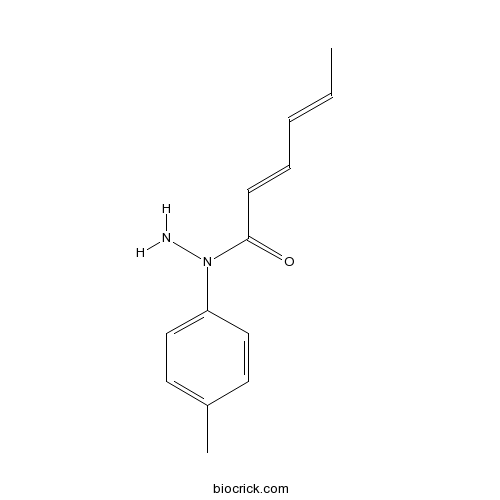
-
BCN1346
4-Hydroxy-4-(methoxycarbonylmethyl)cyclohexanone
Botanical source: The herbs of Senecio scandens(CAS NO.:81053-14-7)
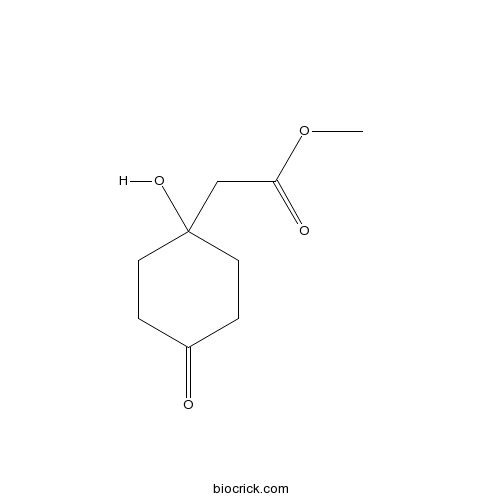
-
BCN3833
Panaxynol
Botanical source: The roots of Saposhnikovia divaricata(CAS NO.:81203-57-8)
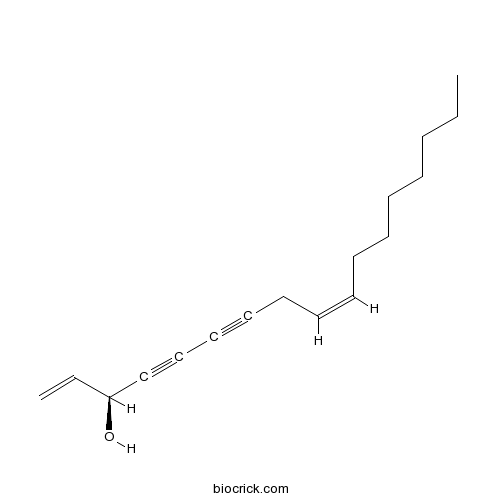
-
BCN2424
Cyclo(Tyr-Hpro)
Botanical source: The Pantoea agglomerans(CAS NO.:813461-21-1)
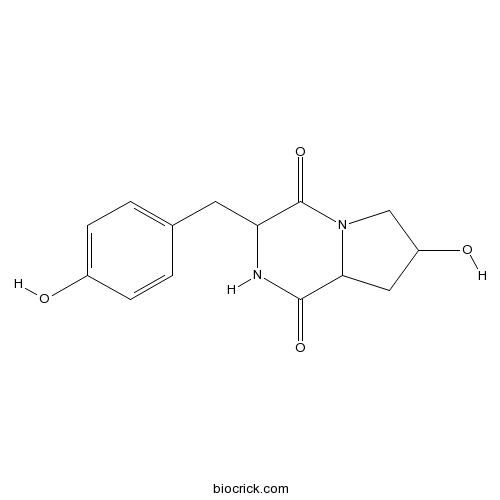
-
BCN3666
2-Pentadecenedioic acid
Botanical source: (CAS NO.:81588-35-4)
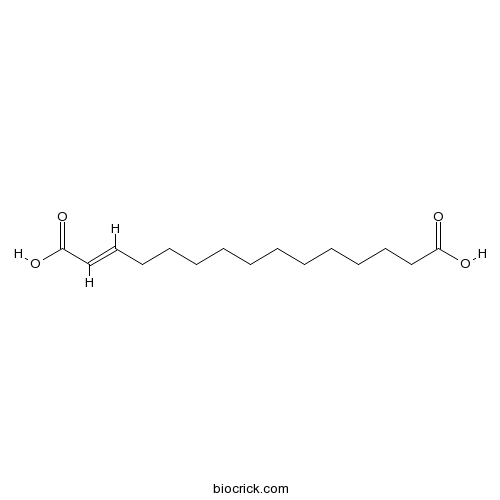
-
BCN4370
Perforatumone
Botanical source: The herbs of Hypericum henryi(CAS NO.:827319-50-6)
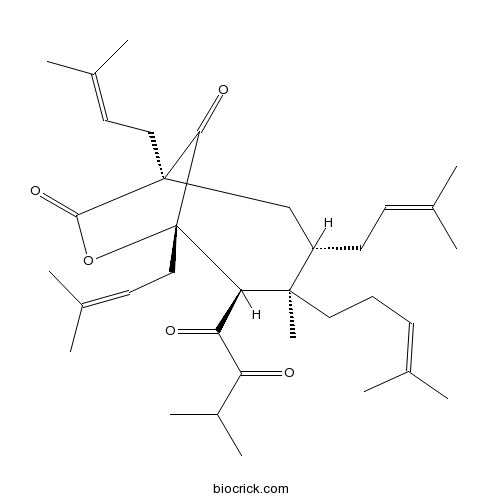
-
BCN2432
Cyclo(Tyr-Leu)
Botanical source: The roots of Panax notoginseng.(CAS NO.:82863-65-8)
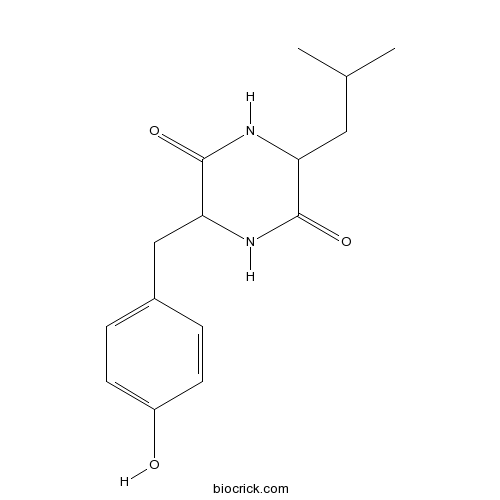
-
BCN2245
1-Indanone
Botanical source: (CAS NO.:83-33-0)
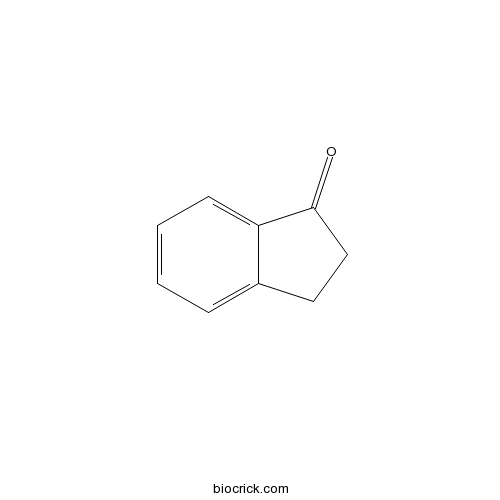
-
BCN5412
Rotenone
Rotenone is an mitochondrial electron transport chain complex I inhibitor. Rotenone induces apoptosis through enhancing mitochondrial reactive oxygen species production.(CAS NO.:83-79-4)
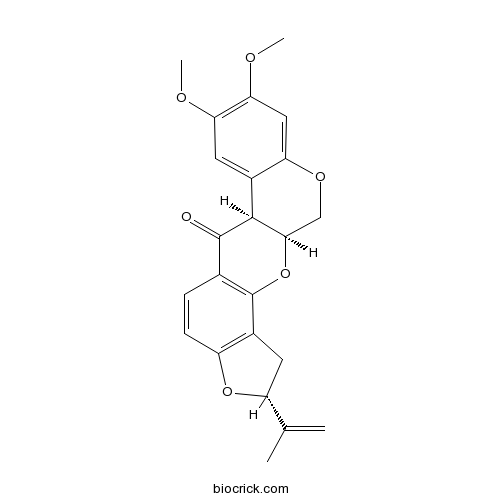
-
BCN1282
Phytic acid
Phytic acid is a phosphorus storage compound of seeds and cereal grains. Phytic acid is known as a food inhibitor, which has a strong ability to chelate multivalent metal ions, specially zinc, calcium, iron and as with protein residue. Phytic acid inhibits the enzymatic superoxide source xanthine oxidase (XO), and has antioxidative, neuroprotective, anti-inflammatory effects.(CAS NO.:83-86-3)
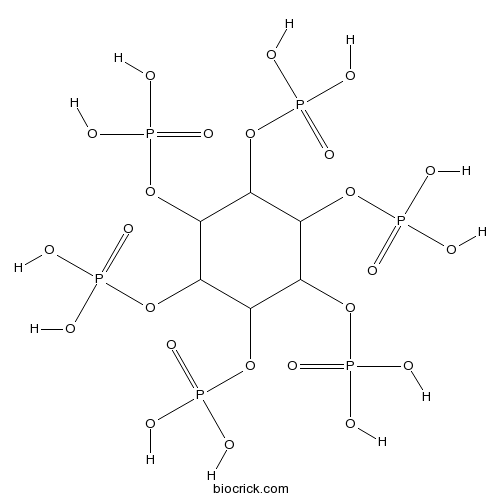
-
BCN2224
Riboflavine
Riboflavin is an easily absorbed micronutrient with a key role in maintaining health in humans and other animals.(CAS NO.:83-88-5)
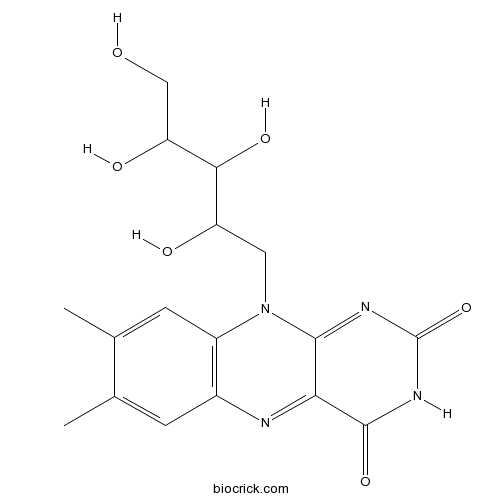
-
BCN4371
1,6-Dioxaspiro[4.5]decan-2-methanol
Botanical source: The herbs of Toricellia angulata(CAS NO.:83015-88-7)
![1,6-Dioxaspiro[4.5]decan-2-methanol](/media/images/struct/BCN4371.png)
-
BCC8411
Dibutyl Phthalate
Dibutyl phthalate is a commonly used plasticizer commonly found in some food packaging materials, personal care products, and the coating of oral medications. May cause toxicity and adverse neurobehavioral effects.(CAS NO.:84-74-2)
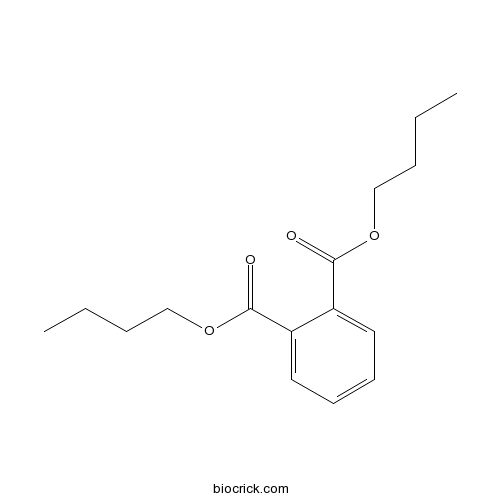
-
BCN3284
4-Nitrobenzyl dimethylcarbamate
Botanical source: The roots of Solanum integrifolium(CAS NO.:84640-31-3)
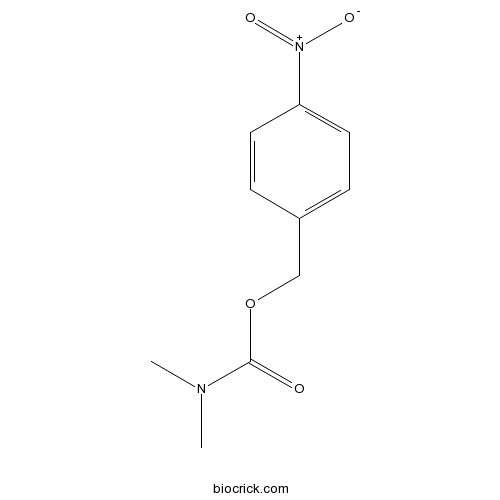
-
BCN4392
5-Epilithospermoside
Botanical source: The roots of Lithospermum officinale.(CAS NO.:84799-31-5)
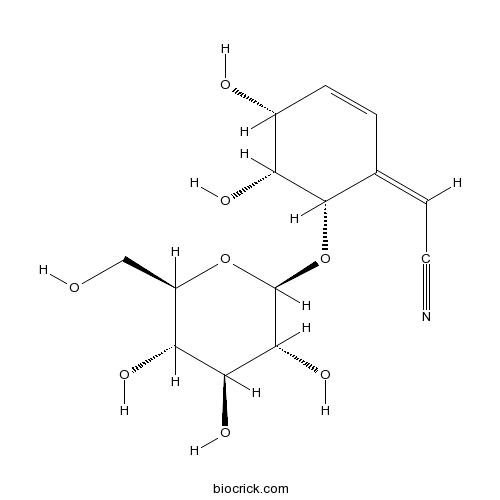
-
BCN2826
Shikonofuran A
Shikonofuran A is a natural product isolated from the root of Lithosperraum erythrorhizon Sieb.(CAS NO.:85022-66-8)
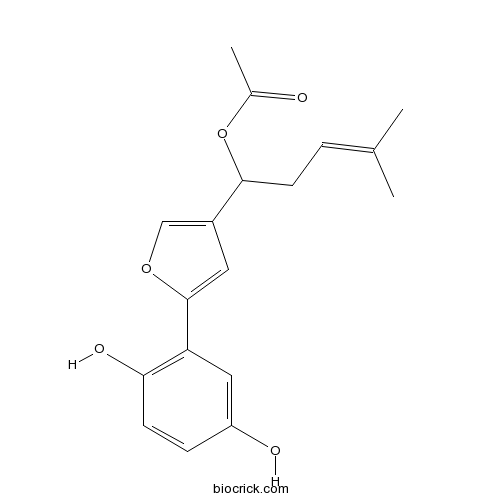
-
BCN1761
(2-Aminoethyl)phosphinic acid
Botanical source: The Streptomyces hygroscopicus(CAS NO.:85618-16-2)
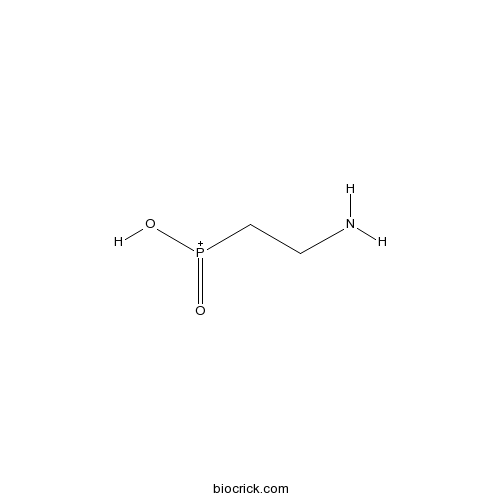
-
BCN2545
Xanthiside
Botanical source: The fruits of Xanthium sibiricum(CAS NO.:866366-86-1)
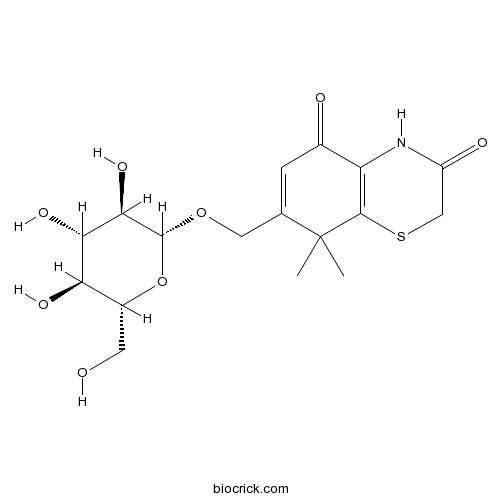


















![1,6-Dioxaspiro[4.5]decan-2-methanol](/media/images/struct/BCN4371.png)










